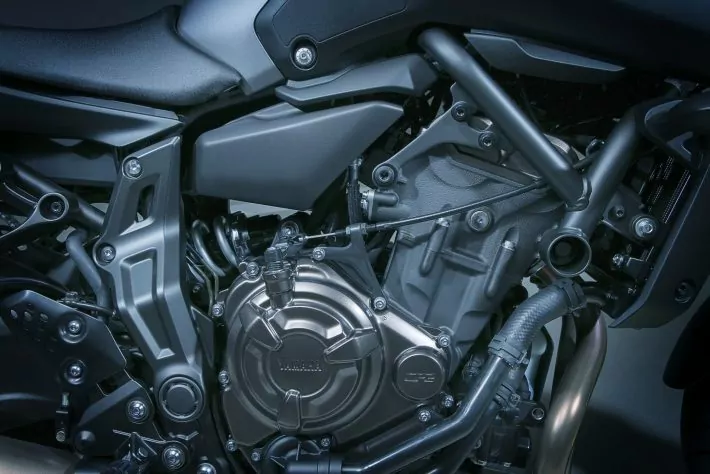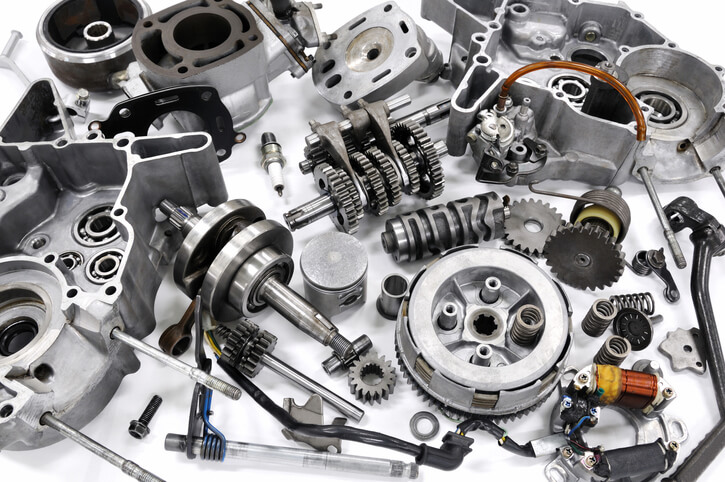Mar 13, 2024
How To Identify Motorcycle Engine Types
How To Identify Motorcycle Engine Types: Cracking the Code
The rumble of an engine is like a motorcycle’s signature melody. But beneath the captivating sound lies a complex machine – the engine. Understanding the different types of motorcycle engines empowers you to not only appreciate the sound, but also identify the heart that drives the machine. This guide equips you with the knowledge to decipher the various engine configurations you’ll encounter on your motorcycle journey.
Number of Cylinders: The Foundation of Identification
The most basic way to identify a motorcycle engine type is by the number of cylinders. Here’s a breakdown of the most common configurations:
-
Single-Cylinder Engine: This is the simplest engine layout, featuring one cylinder and piston. They are readily identifiable by their minimalist design. Often found on smaller motorcycles and beginner-friendly models, single-cylinder engines have a distinct thumping sound.
-
Parallel-Twin Engine: Two cylinders are positioned horizontally side-by-side in a parallel-twin engine. Look for a bulge on either side of the motorcycle frame just below the fuel tank. These engines typically produce a smooth, pulsing sound.
-
V-Twin Engine: V-twin engines have two cylinders arranged in a V-shape configuration. The “V” shape is often visible when looking at the engine from the front of the motorcycle. The distinctive sound of a V-twin engine is a low rumble, a characteristic associated with cruiser motorcycles.
-
Inline-Triple Engine: Three cylinders are positioned vertically in a line along the motorcycle’s frame for an inline-triple engine. This layout might be slightly trickier to identify at first glance. Look for a cluster of three cylinders stacked vertically just below the fuel tank. The sound of an inline-triple engine falls between a parallel-twin and an inline-four.
-
Inline-Four Engine: These engines feature four cylinders positioned vertically in a line along the motorcycle’s frame. Inline-fours are often found on sportbikes and high-performance motorcycles. The engine block will appear as a block of four cylinders stacked vertically. Inline-four engines typically produce a high-pitched, rapid-fire sound.
Beyond Cylinders: Additional Clues for Identification
While the number of cylinders is a primary identifier, some additional visual cues can aid in pinpointing the specific engine type:
-
Exhaust Pipes: The number of exhaust pipes typically corresponds to the number of cylinders. However, some motorcycles with a single exhaust pipe might have a hidden second exhaust on the opposite side.
-
Engine Size and Shape: Single-cylinder engines are generally the most compact, while inline-fours have a longer, rectangular shape. V-twin engines have a distinctive V-shaped profile, while inline-triples might appear similar to inline-fours but with one less cylinder.
-
Manufacturer Information: Consulting the motorcycle’s owner’s manual or manufacturer’s website will provide the most definitive information about the engine type.
Benefits of Identifying Engine Types: Knowledge is Power
Understanding motorcycle engine types goes beyond mere identification. Here’s how this knowledge empowers you:
-
Informed Decisions: When shopping for a motorcycle, knowing engine types allows you to choose one that best suits your riding style and needs. For example, if you prioritize fuel efficiency, a single-cylinder engine might be ideal, while a sportbike rider might seek the high performance of an inline-four engine.
-
Understanding Performance: Different engine configurations offer distinct performance characteristics. Knowing the engine type gives you a sense of the power delivery, torque, and overall riding experience you can expect.
-
Basic Troubleshooting: Some engine problems can manifest in specific ways depending on the engine type. For instance, a sputtering sound might be more common with single-cylinder engines, while overheating could be a concern for certain V-twin configurations.
-
Appreciation for Engineering: Identifying engine types allows you to appreciate the diverse engineering solutions employed by motorcycle manufacturers.
The Final Spark: Putting Your Knowledge to the Test
Now that you’re equipped with the basics of motorcycle engine identification, test your newfound knowledge! The next time you’re browsing motorcycles online or visiting a showroom, take a moment to identify the engine type based on the number of cylinders, visual cues, and any available information.
With practice, you’ll be able to decipher the different engine configurations with ease, adding another layer of understanding and appreciation to your motorcycle experience. Remember, identifying engine types is not just about memorization; it’s about unlocking a deeper connection with the machine that fuels your adventures on two wheels.
More Details